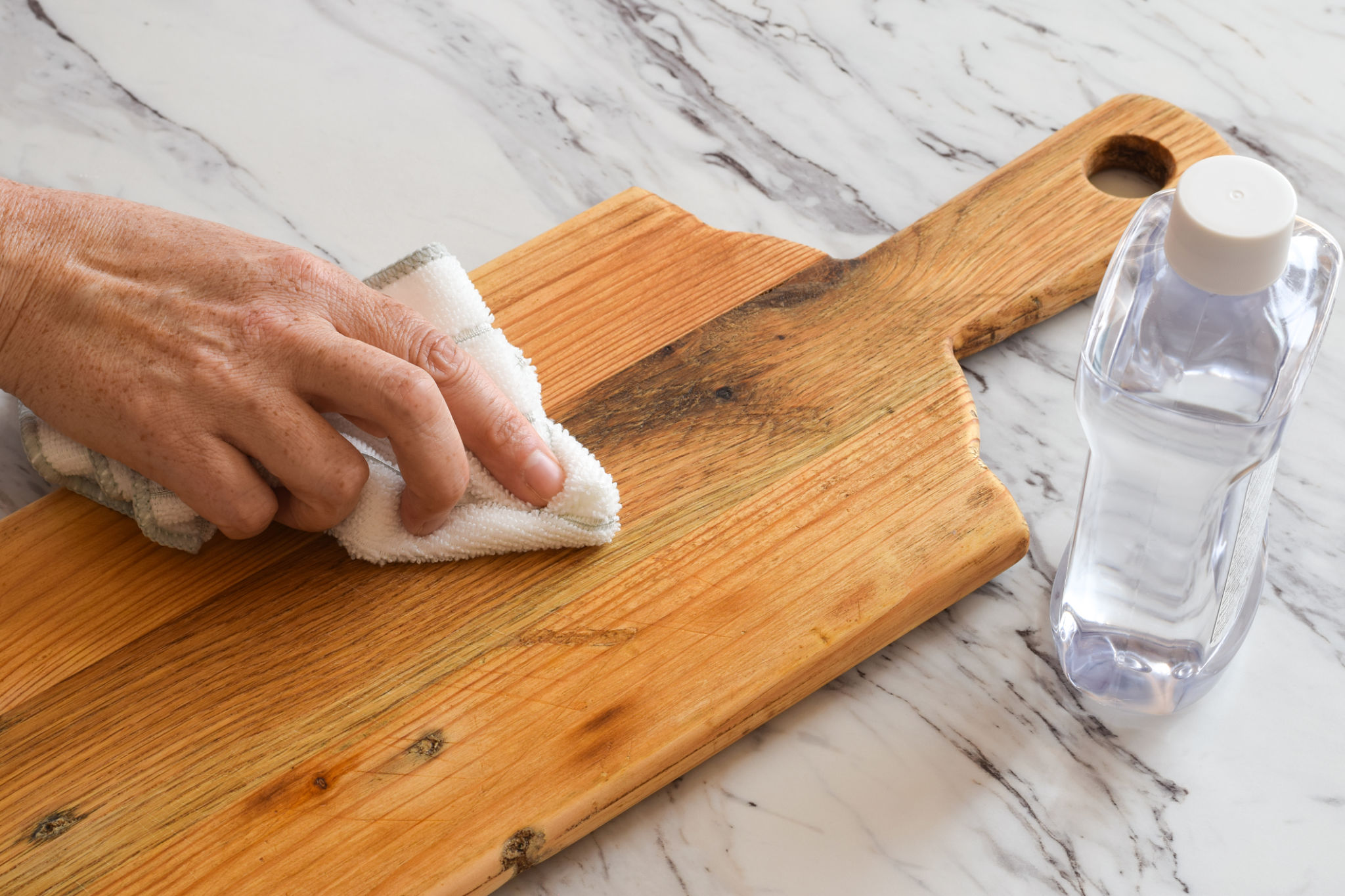The Ultimate Guide to Surface Restoration: Protect and Enhance Your Property
Understanding Surface Restoration
Surface restoration is a crucial process that involves cleaning, repairing, and protecting various surfaces of your property. It not only enhances the aesthetic appeal but also extends the lifespan of your property's materials. Whether you're dealing with concrete, wood, or metal, surface restoration can bring new life to your environment.
Homeowners and business owners alike can benefit from surface restoration services. By addressing wear and tear, these services help maintain structural integrity and prevent costly replacements or repairs in the future.

Common Types of Surfaces and Restoration Techniques
Concrete Surfaces
Concrete is a durable material commonly used for driveways, patios, and walkways. Over time, however, it can develop cracks and stains. Restoration techniques for concrete include pressure washing, crack sealing, and applying protective sealants to prevent further damage.
Wooden Surfaces
Wood surfaces, such as decks and fences, require regular maintenance to keep them looking their best. Restoration involves sanding to remove old finishes, treating with wood preservatives, and applying new stains or paints. These steps help protect against moisture and UV damage, ensuring longevity.

Metal Surfaces
Metal surfaces often suffer from rust and corrosion, especially in outdoor environments. Restoration for metal includes rust removal, priming, and repainting. Using anti-corrosive paints and coatings can help protect the surface from future damage.
The Benefits of Surface Restoration
Engaging in surface restoration offers numerous benefits. One of the most significant advantages is increased property value. A well-maintained property is more attractive to potential buyers and can significantly boost resale value.
Additionally, surface restoration can improve safety by eliminating hazards such as cracks or splinters in walkways and decks. It also reduces maintenance needs by providing a protective barrier that minimizes further wear and tear.

Choosing the Right Service Provider
Selecting the right surface restoration service provider is essential for achieving the best results. Look for providers with experience, positive reviews, and a portfolio of completed projects. It's also important to ensure they use high-quality materials and environmentally friendly products.
Don't hesitate to ask questions about their techniques, warranties, and any potential disruptions to your daily routine during the restoration process. A reputable provider will be transparent and willing to address your concerns.
DIY vs. Professional Restoration
While some surface restoration tasks can be tackled as DIY projects, hiring a professional often yields better results. Professionals have the expertise, equipment, and materials needed to perform the job efficiently and effectively. This is particularly true for large or complex projects where precision is key.
However, for smaller tasks or regular maintenance, DIY efforts can be a cost-effective way to keep surfaces in good condition between professional services.

